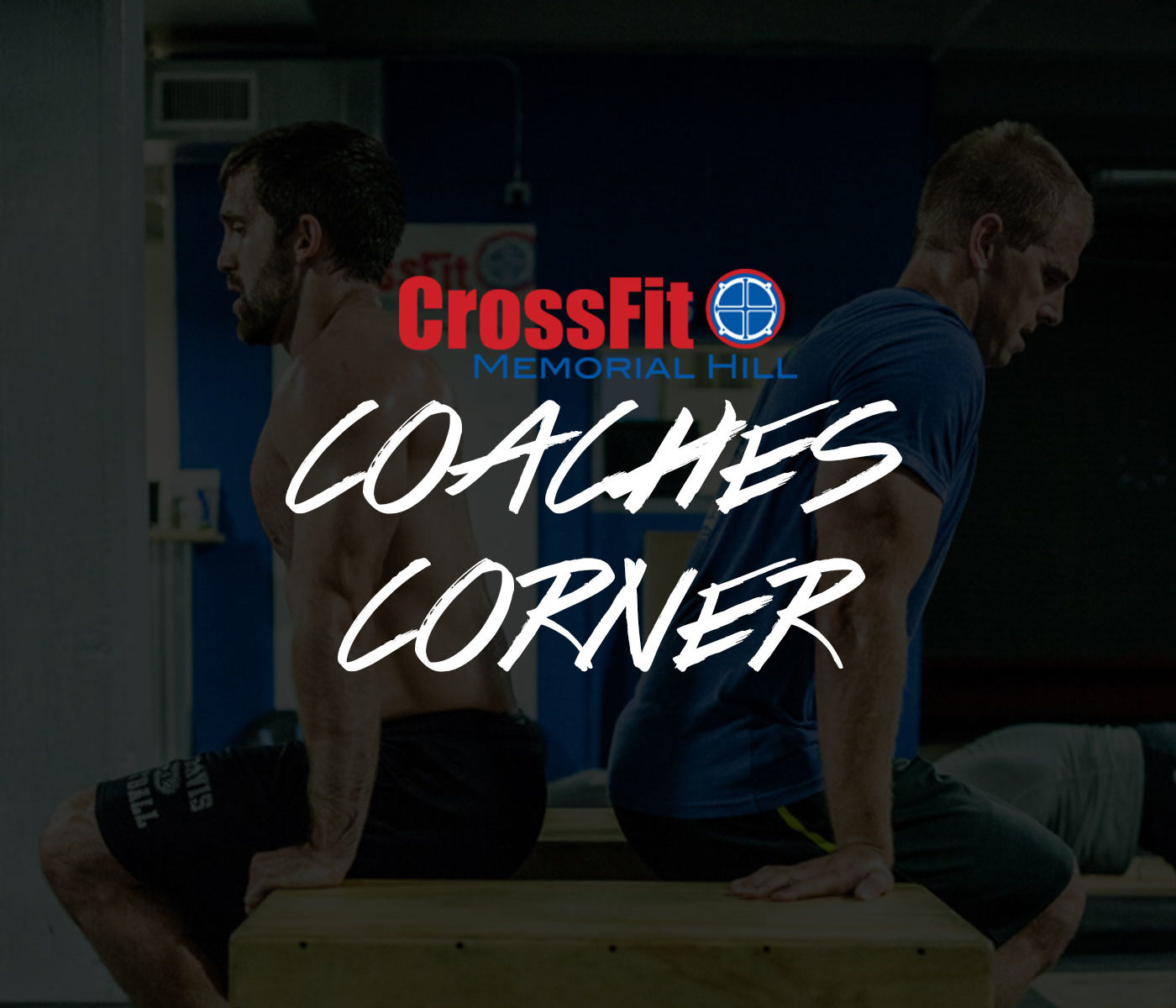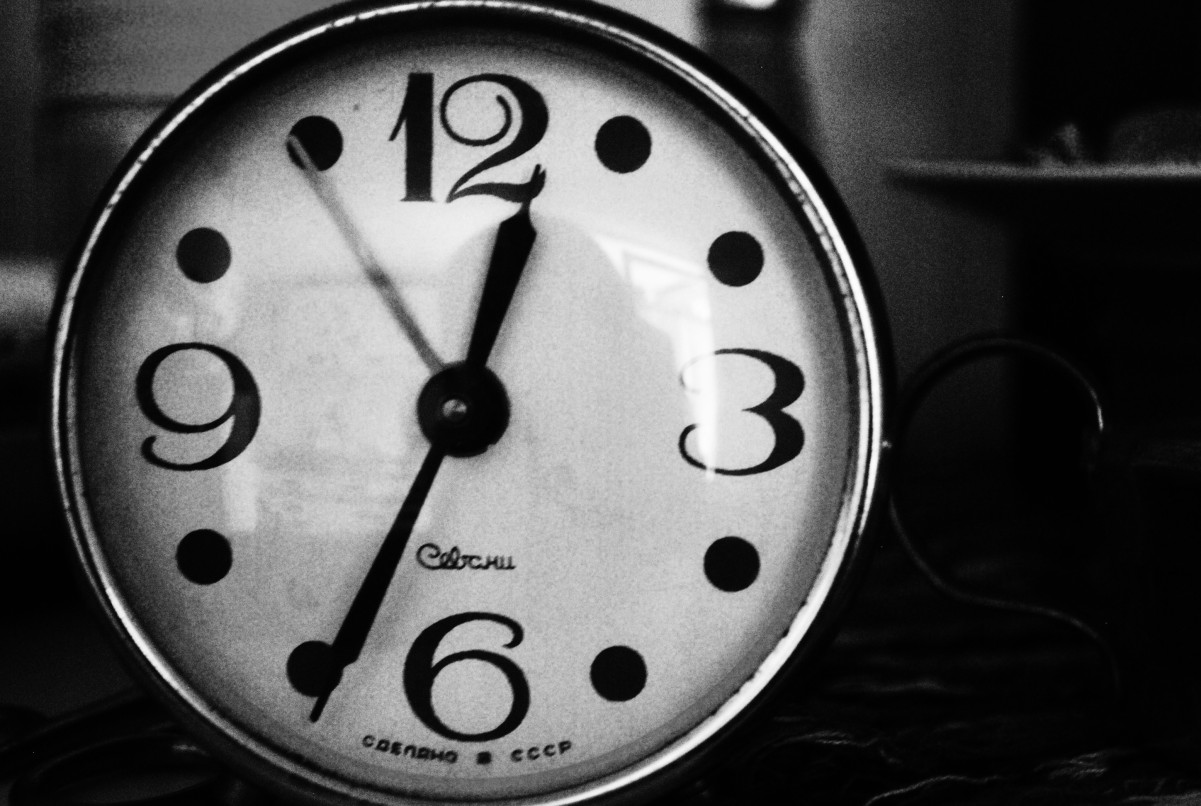We’re thrilled to bring you another series by our very own Christina Crumpecker, MD. For those that missed it, Christi brought us “Finishing Last” – a 10 part series documenting her beginnings in CrossFit – a story many of us can relate to. In this series, she tackles a very real issue – mental health. As part of an ongoing dialogue at The Hill, this is a theme we aim to de-mystify and de-stigmatize in the coming year. Please join me in thanking Christi for her fabulous writing, courageous exploration, and candor.
“Watch me.” Jay kicked up into a handstand and took a couple of wobbly steps across Meg’s room.
He was not a small guy, though he was significantly more fit then when I’d last seen him. He had driven more than 6 hours to do party tricks for me. Because I’d asked him to. I pick my friends well.
Just a few days before, I’d started a month-long leave of absence from medical residency. The combination of unrelenting stress, sleep deprivation, unhealthy life habits, and a personal predisposition had led me straight into an episode of major depression. Though I appreciated the opportunity to put my training on hold to take care of myself, the sudden lack of structure left me reeling. It was a cold and lonely December. I moved in with Meg who made sure that I ate and slept. I set an appointment with my primary care doctor. I started medication and therapy. I called Jay.
I was gloomy and irritable at best, paralyzed by grief and anxiety at worst.
Jay coaxed me into taking long walks with him in the brisk afternoons. He had graduated from residency the year before and understood the challenges I struggled with. And now here he was, walking on his hands. He had started something called CrossFit. I’d heard of it before and knew it wasn’t for me—my mental image, beyond the handstands, was of people running with sandbags on their shoulders and flipping over gigantic tires, when I could barely heave myself off the couch to take a shower. Bu something captivated me about Jay’s physical changes, his confidence, his calm strength. His walking on his hands. Jay found a CrossFit for me in Columbia, MO. He cajoled me into registering for the On Ramp. “You can’t feel any worse than you do now,” he said. I’d like to say that walking into CrossFit Fringe was an act of great courage, but it was simply the path of least resistance for a woman who felt she couldn’t fight anymore,
CrossFit was everything I feared—full of college athletes in their off-season, booming music, people so cheerful and friendly that they just seemed to highlight my misery.
I moved at about half the speed of the other On Ramp participants and took twice as long to learn new skills. I was so far behind on the warm up runs that they sent a second coach to trudge through the cold and dark with me. He kept up an encouraging prattle. I hated it. But yet, I kept going. It gave a rhythm to my days. I was a mascot of sorts for my class—finishing last in highly-scaled versions of the WODs. They cheered me on enthusiastically. I would pause, fighting to breathe, my single thought being “I don’t want to die.” I had been reduced to this. Lying on a gym floor, gasping, definitely sure that I wanted to keep living. Somehow the combination of physical exertion and camaraderie sparked something for me. I began to look forward to the total commitment and utter exhaustion the WODs brought. I forgot my psychological misery in the midst of physical torment. The cheering seemed to change tone, too—the sweaty high-fives emphasizing that I was capable and improving. A coach caught me on the way to the car one night. “I’m proud of you,” he said. The fog of depression lifted while I was at the gym and lasted for hours afterwards, eventually stretching into the next day.
I improved enough to continue my medical training.
Stay tuned for part II next week…
I share my story as one of your fellow athletes and peers. I seek to open the dialogue about and decrease the stigma around mental illness diagnosis and treatment. While community support and exercise such as CrossFit can play a tremendous role in supporting mental wellness, there is no substitute for evaluation and management by a licensed medical professional. More information about signs and symptoms of depression, anxiety and other mental illnesses can be found at the NIMH website. If you or someone you know is contemplating suicide, please reach out to the National Suicide Prevention Lifeline at 1-800-273-TALK (8255).




